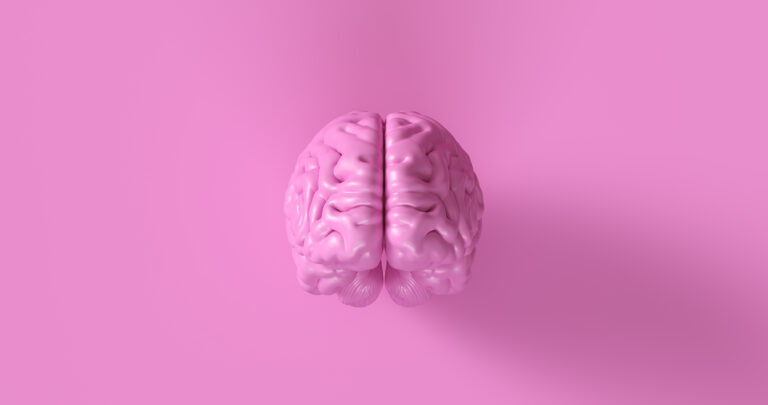The National Institute on Aging (NIA) has established criteria for the diagnosis of Alzheimer’s disease, a progressive and irreversible neurological disorder that affects memory, thinking, and behavior. These criteria were last updated in 2018 to reflect the latest research and advancements in understanding this complex disease.
Alzheimer’s disease is the most common cause of dementia, a broad term used to describe a decline in mental ability severe enough to interfere with daily life. It is estimated that over 5 million Americans aged 65 and older are currently living with Alzheimer’s, and this number is expected to triple by 2050. With such high numbers, it is crucial to accurately diagnose and classify the disease in order to provide patients with the best possible care and support.
The NIA’s criteria for diagnosing Alzheimer’s are based on three key components: clinical symptoms, biomarkers, and exclusion of other potential causes. Let’s break down each of these components to understand how they contribute to the diagnosis of Alzheimer’s.
1. Clinical symptoms: The first step in diagnosing Alzheimer’s is a thorough evaluation of the patient’s symptoms. These include memory loss, difficulty completing familiar tasks, confusion with time and place, trouble with language, changes in mood and behavior, and withdrawal from social activities. These symptoms must be present and progressing over time for a diagnosis of Alzheimer’s to be considered.
2. Biomarkers: Biomarkers are measurable indicators of disease that can be detected through various tests and procedures. In the case of Alzheimer’s, biomarkers include changes in brain imaging (such as MRI or PET scans), levels of certain proteins in the cerebrospinal fluid (CSF), and genetic testing. These biomarkers provide evidence of the underlying brain changes associated with Alzheimer’s disease. However, it is important to note that they are not always necessary for a diagnosis, as they may not be available or feasible for all patients.
3. Exclusion of other potential causes: In order to diagnose Alzheimer’s, other possible causes of the symptoms must be ruled out. These include other types of dementia, such as vascular dementia or Lewy body dementia, and other medical conditions that can mimic Alzheimer’s symptoms, such as thyroid disease or vitamin deficiencies. This step is crucial in ensuring an accurate diagnosis and appropriate treatment plan.
It should also be noted that the NIA’s criteria for diagnosing Alzheimer’s also take into consideration the stage of the disease. Alzheimer’s is divided into three stages: preclinical, mild cognitive impairment (MCI), and dementia. Preclinical Alzheimer’s refers to the early stages of the disease where there may be changes in biomarkers, but no noticeable symptoms. MCI is when the individual experiences mild symptoms, but they do not interfere with daily life. Dementia is when the symptoms have progressed to a point where they significantly impact daily functioning.
The NIA’s criteria for diagnosing Alzheimer’s are constantly evolving as new research and understanding of the disease emerge. The most recent update in 2018 included updates to the biomarker criteria, incorporating new technologies and techniques that were not available when the previous criteria were established in 2011.
These criteria serve as a guide for healthcare professionals to accurately diagnose Alzheimer’s and provide appropriate care for patients. However, it is important to note that a diagnosis of Alzheimer’s can only be confirmed through an autopsy after death. This is because the changes in the brain associated with Alzheimer’s can only be fully seen and assessed under a microscope.
In addition to the diagnostic criteria, the NIA also recommends a comprehensive assessment of the patient’s overall health and well-being, including their medical history, medication use, and social support system. This holistic approach helps healthcare professionals understand the individual needs of each patient and develop a personalized care plan.
In conclusion, the NIA’s criteria for diagnosing Alzheimer’s disease take into account various factors, including clinical symptoms, biomarkers, and exclusion of other potential causes. These criteria are constantly evolving to reflect the latest scientific advancements and provide the best possible care for those living with this devastating disease. While there is currently no cure for Alzheimer’s, early diagnosis and management can help improve the quality of life for patients and their families. If you or a loved one are experiencing symptoms of Alzheimer’s, it is important to seek medical attention and support. Remember, you are not alone in this journey.





